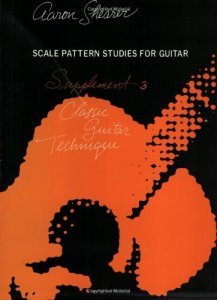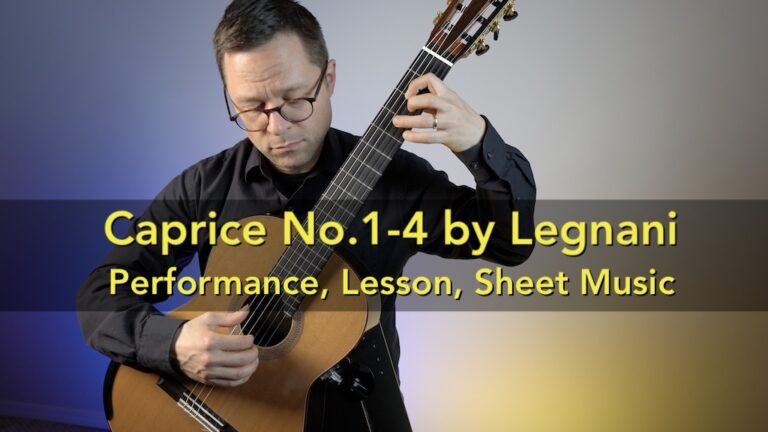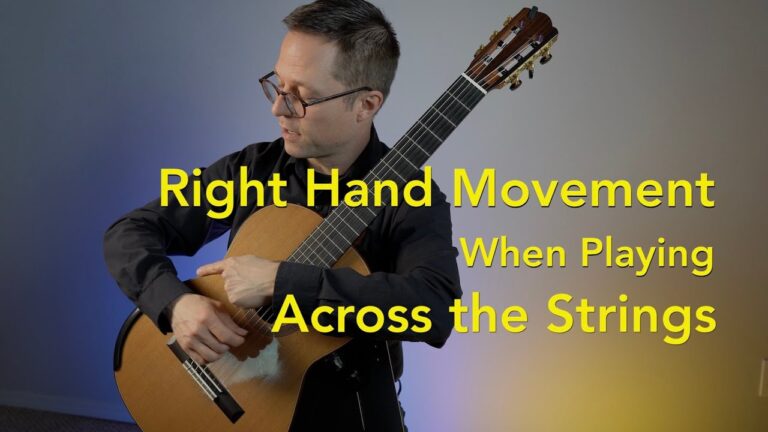One of the biggest problems with music education these days is that many students are practicing scales in the same way, everyday…forever. For example, let’s say a teacher is using the Canadian Royal Conservatory of Music (RCM) exams as a curriculum, having their students climb the grade ladder one grade a year. If the student is practicing scales in the same way everyday (consistent full tone, high speeds, sixteenth notes, even tempo, balanced dynamics, etc) then they are only training to play scales in one way. We must remember that music has a huge amount of variety in rhythm, tone, tempo, dynamics, and speed so it is only logical to assume we must also practice a variety of ways. By the way RCM exams are great, don’t mistake my meaning, but they are not a curriculum – they are exam material. They are trying to see if students can play scales with a consistent full tone, high speeds, sixteenth notes, even tempo, balanced dynamics…
Here are some ways to spice up your scales for variety and for developing versatility. In other words, practicing scales to simulate practicing real pieces and musical styles and articulations. Remember that practicing is problem solving so find where your weaknesses are and tackle them one by one.
Rhythm
Practicing a variety of rhythms is one of the best things you can do. It exposes weak spots in your technique and prepares you for executing a variety of rhythms in the context of your pieces.
Basic Rhythmic Divisions: This is just the tip of iceberg for rhythms to work with. You need to explore as many possibilities as you can. You can use rhythms from your pieces if you need more ideas.
Here’s just a few ways to add rhythmic variety to your scale work. Make sure to also use your metronome on different rhythmic divisions, for example, play sixteenth notes over a quarter note pulse, an eighth note pulse, or even a sixteenth note pulse.
TIP: Click the image to make bigger and more clear.
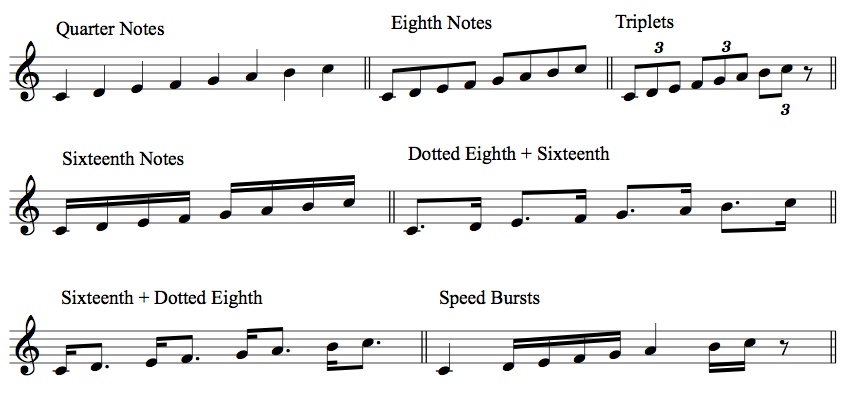
As I said there are countless more combinations and rhythms, and these different patterns will expose weaknesses in your technique. Find your weak points, maybe it’s the Sixteenth + Dotted Eighth pattern that is not quite even, work on your weaknesses and you will improve.
Dynamics
Dynamics are so important in scale-work and yet most students do not practice them. If you practice scales all day with no dynamics you might not be developing your dynamic range in connection with your scales and muscle memory.
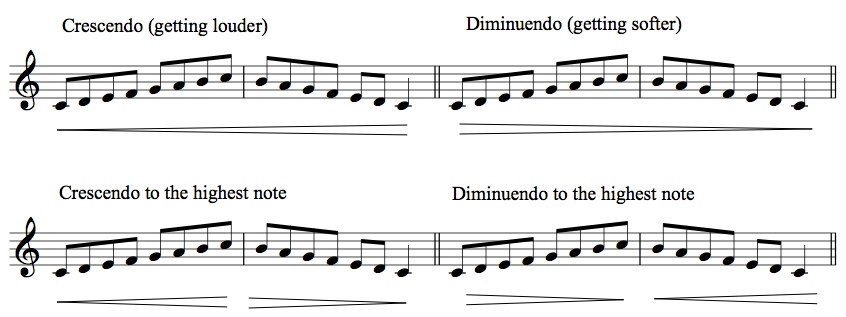
Again, there are countless variations, these are just some basics.
Tempo
I think it is fairly obvious that music has fast and slow tempos so we must become comfortable at all speeds. The danger here is to treat slow tempos only for perfecting our technique. We must also make sure we can play slow scales musically. Are your slow scales legato and consistent in tone? I find slow tempos the hardest because they are more exposed and require a great deal of control. So mix up your tempos.
Articulation
Articulation is another very important aspect of music that is often overlooked in scale work. By practicing with different articulations you might also improve other aspects of your playing that you didn’t consider. One example from my experience is practicing staccato scales on the classical guitar which led to good “pre-preparation” on the next note, therefore, always preparing the fingers for what comes next. This improved control and speed.
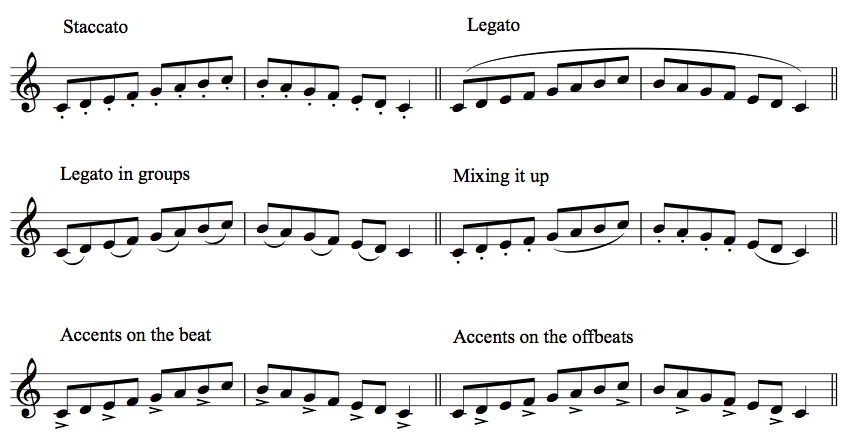
Reading Skills on Guitar, How to actually USE scales
Are scales only used for technique? Of course not. Scales are the building blocks of music and your main guide for reading tonal (major/minor/modal) music. Making the connection between scales and reading is often missed by students. There is a great book in the classical guitar world called Supplement 3 Scale Pattern Studies for Guitar by Aaron Shearer. Hideously boring if you try to complete it all at once. But wonderful if you play it for 10 mins a day. 279 pages of scales and sight-reading on scale patterns. The book actually makes a solid connection between reading and scale patterns which is key to reading tonal music well. There are books like this for every instrument. You can also check out my technique book which has some scale exercises in it such as “Scales and Destination points” in 20 Favorite Exercises.
Video Lessons on Scales from my eBook:
- No. 11 – Scale Exercise: Destination Points
- No. 12 – Scale Exercise: Rhythmic Vitality
- No. 13 – Scale Exercise: Articulation and Dynamics
Conclusion
There are far more ways to practice scales then I’ve listed here. Not to mention the massive amount of information that relates to your specific instrument. But the main advice I’d like you to take away from this article is that you need to add variety to your scale practice because music is just that: filled with variety!
Happy Practicing!

